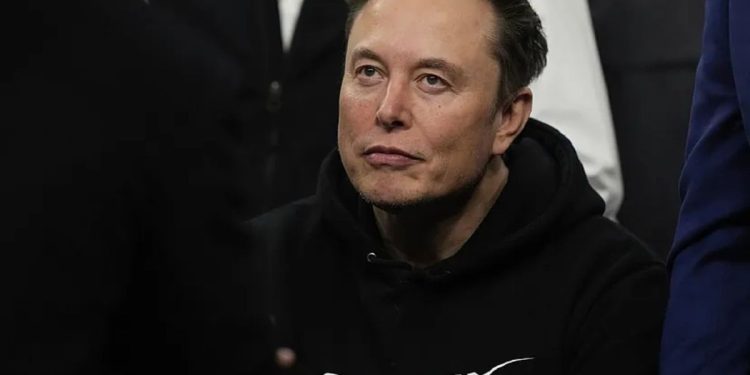In recent months, rumors about a so-called “DOGE check” promising $5,000 payments to American households have circulated widely across social media and news outlets. Despite the excitement generated, this claim lacks any factual basis and remains purely speculative. Here, we break down the origins of the DOGE dividend idea, why it fell apart, and what the reality really is behind the promise.
Origins of the DOGE Dividend Proposal
The concept of the “DOGE dividend” emerged from a mix of enthusiasm around government budget efficiency and influential voices in tech and politics. Notably, Elon Musk and Azoria CEO James Fishback popularized the idea that sweeping government budget cuts could generate massive savings—potentially up to $2 trillion—that could then be redistributed to American households. Fishback even suggested that about 20% of those savings would be shared, resulting in a $5,000 payment per household.
The Numbers Don’t Add Up
While the vision sounded promising, the financial realities quickly dismantled the concept. Instead of trillions in savings, the most optimistic reports from the DOGE initiative only accounted for around $170 billion in cuts. Spread across the millions of American households, this sum would amount to approximately $430 per household—a far cry from the sensational $5,000 figure. Moreover, administrative costs, legal battles, and operational inefficiencies linked to the DOGE plan would further reduce the effective payout to roughly $89 per household.
No Legislative Backing or Government Action
Another critical factor exposing the DOGE dividend as a fantasy is the complete lack of legislative support. Despite media attention, Congress never seriously entertained the proposal. No bills were introduced, no formal discussions occurred, and the topic was notably absent from official government communications. Without any legal framework or government initiative, the idea of a widespread “DOGE check” remains purely speculative.
The Collapse of the DOGE Caucus
Within Congress, a small group known as the DOGE Caucus initially championed the dividend idea. However, this group quickly faded into obscurity due to a lack of engagement, missed meetings, and failure to produce tangible results. Key lawmakers who once advocated for the plan have since distanced themselves, calling the project a lost cause. Despite some Republicans’ occasional statements of support, the caucus has effectively disbanded, signaling the end of any serious push for the DOGE dividend.
Why the DOGE Check Was Never Real
Ultimately, the DOGE check phenomenon is a classic example of media hype and social media speculation outpacing reality. The promise of a $5,000 payment per household captured public imagination but lacked the financial, political, and legislative foundation necessary to become a reality. As the months passed, the silence from lawmakers and the dwindling support made clear that the DOGE check was more of a media stunt than a genuine government plan.











